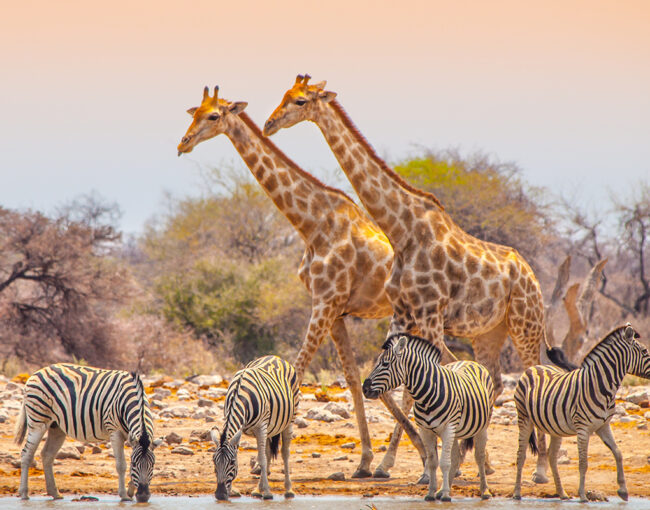Migration: A Journey for Survival
Animal migration is one of the most fascinating phenomena in the natural world. Every year, countless species embark on long, often perilous journeys across continents, oceans, and mountains in search of food, mates, or more favorable climates. Migration plays a crucial role in the survival of many species, and it is often driven by the changing seasons.
Birds are perhaps the most well-known migratory animals. Species like the Arctic tern travel thousands of miles from the poles to warmer regions, following seasonal patterns of food availability. These epic journeys require remarkable navigational skills, with birds using the sun, stars, and Earth's magnetic field to guide them.
Marine animals, such as whales and sea turtles, also undertake incredible migrations. Humpback whales, for instance, migrate from polar feeding grounds to tropical breeding areas, covering vast distances in the process. Sea turtles return to the beaches where they were born to lay their eggs, traveling across entire oceans to reach their destination.
Land animals like wildebeests and caribou embark on large-scale migrations in search of fresh grazing lands. The annual wildebeest migration in Africa is one of the most spectacular wildlife events on Earth, involving millions of animals crossing rivers and plains in pursuit of greener pastures.
The challenges faced by migrating animals are immense. They must navigate harsh weather, evade predators, and find food along the way. Climate change, habitat destruction, and human activity have added further obstacles, disrupting traditional migration routes and threatening the survival of many species.
